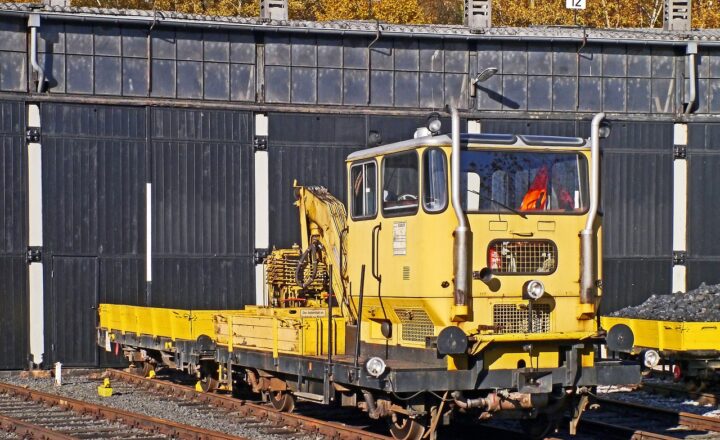
The 1980s marked a distinct era in American history, characterized by economic prosperity and cultural revolutions. However, beneath the glitzy surface lay a dark underbelly dominated by organized crime, especially the Mafia, which played a pivotal role in the cocaine boom that engulfed the nation. This article delves into the intricacies of the Mafia’s involvement in the cocaine trade during this tumultuous decade, examining how these criminal organizations shaped the drug landscape, impacted society, and influenced law enforcement strategies.
1. The Rise of Cocaine in America
The emergence of cocaine as a popular recreational drug in the United States during the 1980s can be attributed to various social and cultural factors. In the counterculture of the 1970s, drugs like marijuana and LSD were prevalent; however, cocaine offered a different appeal. It was perceived as a drug for the elite, with associations to wealth, glamour, and power. Films like “Scarface” portrayed cocaine as a gateway to the high life, invigorating demand across various social strata.
The Medellín and Cali Cartels in Colombia became instrumental in supplying the American market with high-purity cocaine, leading to an explosion of use that dwarfed previous drug epidemics. The Mafia recognized this opportunity and sought to capitalize on the burgeoning market.
2. The Mafia’s Strategy: Partnerships with Colombian Cartels
During the cocaine boom, Italian-American Mafia families – most notably the Gambino, Genovese, and Lucchese families – sought partnerships with South American cartels. These relationships allowed the Mafia to secure large quantities of cocaine, which they then distributed throughout their established networks in the U.S.
The intricate nature of these operations involved:
- Logistics and Distribution: Utilizing their existing distribution channels, Mafia families transformed their operational strategies to include cocaine trafficking alongside traditional rackets like extortion and illegal gambling.
- Money Laundering: The massive profits generated from cocaine sales required sophisticated money laundering techniques. Mafia-controlled businesses were used as fronts to disguise illegal earnings, ensuring that they could enjoy their profits without attracting law enforcement attention.
- Violence and Intimidation: As competition for control over the cocaine market intensified, Mafia families were unafraid to resort to violence. Turf wars and assassination attempts were rampant as they fought to maintain dominance within their territories and to protect their lucrative supply chains from rival organizations.
This strategy solidified the Mafia’s role in the cocaine trade and propelled them into a multi-billion dollar industry.
3. Societal Impact: The Cocaine Epidemic
The influx of cocaine had dire consequences for American society. Addiction rates surged, affecting individuals across all demographics. Urban cities experienced increased crime rates, attributed to the battles over cocaine distribution, and drug-related violence became commonplace. Amidst this chaos, the media perpetuated a cycle of sensationalism, amplifying the narrative of the “War on Drugs.”
Families were torn apart by addiction, and communities faced economic decline as local businesses were forced to close due to the rising tide of crime and instability. The visibility of cocaine in pop culture further glorified the drug, leading to a normalization of drug use that spiraled out of control. The pivotal role that the Mafia played in this crisis cannot be understated; they were both facilitators and, in many cases, perpetrators of the violence that kept the drug trade thriving.
4. Law Enforcement Response: Fighting Back Against the Mafia
As the 1980s progressed, law enforcement agencies began to recognize the monumental threat posed by the Mafia’s involvement in cocaine trafficking. The federal government initiated several task forces, including the Drug Enforcement Administration (DEA) and collaborations with local law enforcement, aiming to dismantle these powerful criminal organizations.
Noteworthy law enforcement initiatives included:
- Operation Condor: This operation was launched in the mid-1980s to combat the distribution of cocaine in the United States. It targeted major players within the drug trade, focusing on the connections between Colombian cartels and Mafia families.
- RICO Act Prosecutions: Using the Racketeer Influenced and Corrupt Organizations (RICO) Act, law enforcement sought to bring Mafia leaders to justice. This landmark legislation allowed prosecutors to hold not only individual criminals accountable but also entire organizations, sending a clear message that the government would not stand idle while organized crime reigned supreme.
- Increased Sentencing: Harsh penalties for drug-related offenses became the norm, with longer sentences imposed on those connected to drug trafficking. The goal was to dismantle the existing power structures through ruthless enforcement measures.
These efforts led to some initial successes, including high-profile arrests of Mafia bosses; however, the battle against organized crime was far from over.
5. The Decline of the Mafia’s Cocaine Trade
By the late 1980s, the combination of law enforcement pressure and the changing dynamics within the drug trade began to dismantle the Mafia’s stranglehold on the cocaine market. A shift towards more decentralized drug trafficking operations emerged, with smaller organizations and individuals finding innovative ways to bypass traditional Mafia routes.
Additionally, the introduction of crack cocaine in urban markets created an entirely new landscape, which, while still deadly, did not always require the extensive network established by the Mafia. Consequently, the organized crime families that once ruled the drug trade found themselves struggling to adapt to these alterations in their business model.
As the 1990s approached, ongoing law enforcement initiatives and changing drug patterns heralded a decline in the Mafia’s prominence in the cocaine trade. Once seen as indomitable, the cultural and economic forces of the new era reshaped the illicit drug market, leaving the once-mighty Mafia to deal with the repercussions of its prior actions.
Conclusion: Reflections on the Cocaine Boom and Its Aftermath
The 1980s cocaine boom in America remains a significant chapter in the history of organized crime and its enduring impact on society. The Mafia’s involvement in this multi-billion-dollar industry not only showcased their operational prowess but also exemplified the interconnectedness of drug distribution, violence, and societal decay.
As we reflect on this tumultuous era, it is essential to recognize the lessons learned in combating organized crime. The legacy of the cocaine boom has informed contemporary approaches to drug enforcement, public health initiatives, and societal awareness regarding addiction and its societal costs. The battle against organized crime continues, but the 1980s serve as a stark reminder that beneath the pursuit of the American Dream lies the harsh reality of crime’s influence and its far-reaching consequences.







